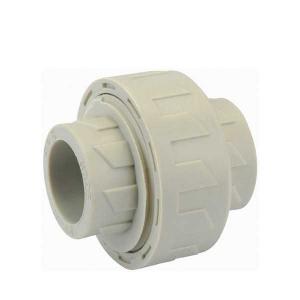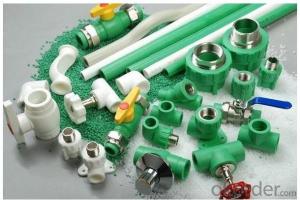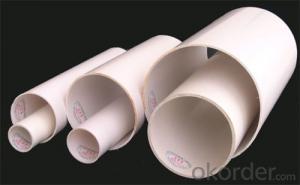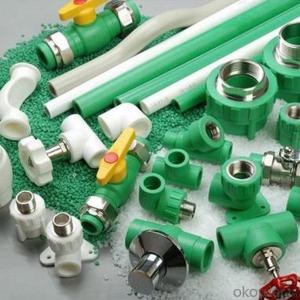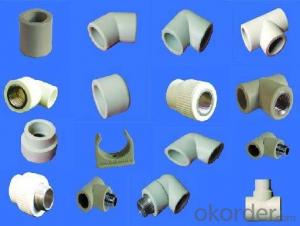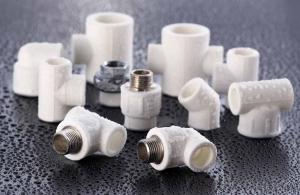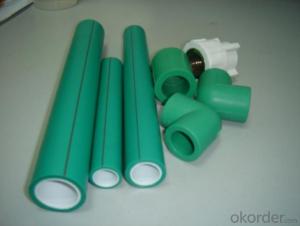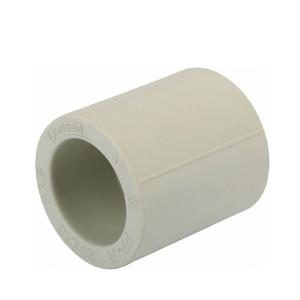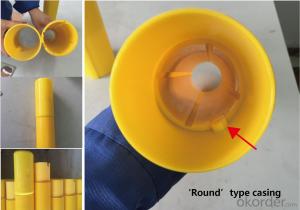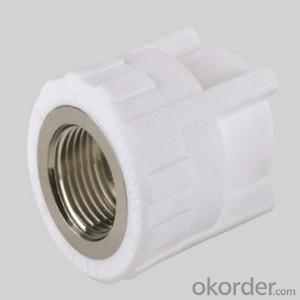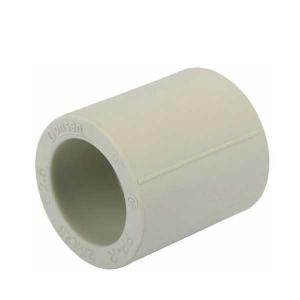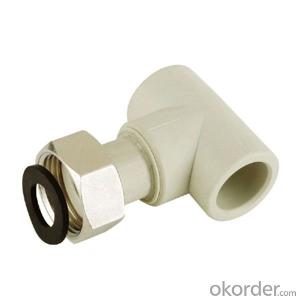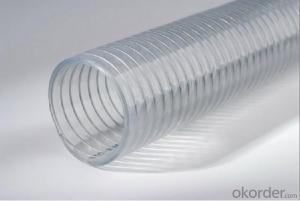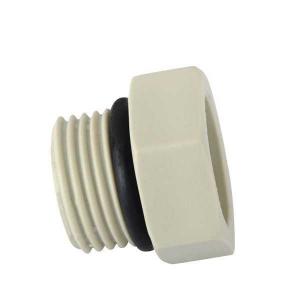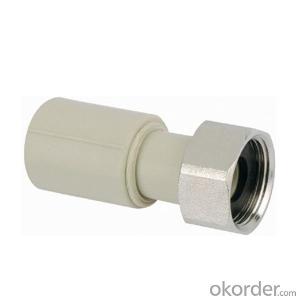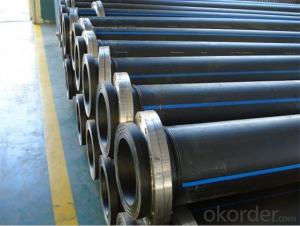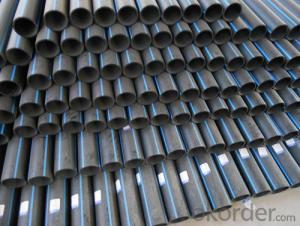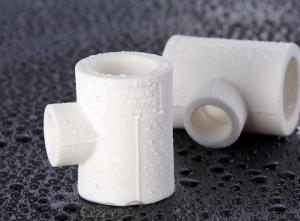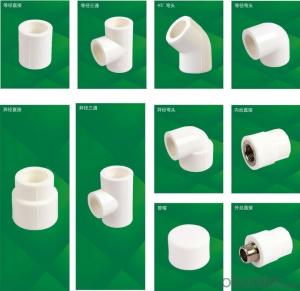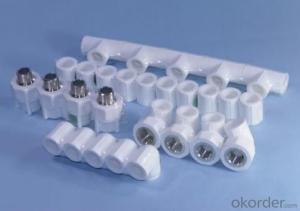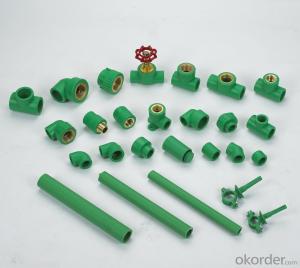3/4 Black Plastic Pipe Fittings - High Quality Plastic Union Plastic Union
- Loading Port:
- Ningbo
- Payment Terms:
- TT or LC
- Min Order Qty:
- 1000 watt
- Supply Capability:
- 100000 watt/month
OKorder Service Pledge
Quality Product, Order Online Tracking, Timely Delivery
OKorder Financial Service
Credit Rating, Credit Services, Credit Purchasing
You Might Also Like
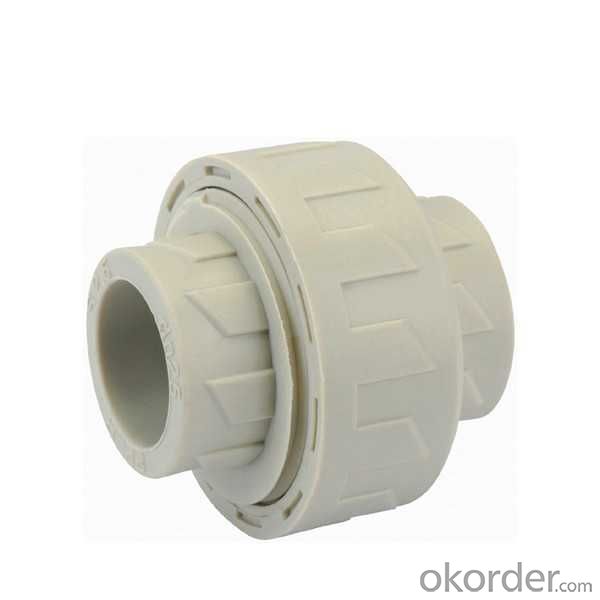 ppr fittings HYOSUNG PPR raw materials standard:DIN8077-8078 GB/T18742.3-2002 PN25 White grey green color
ppr fittings HYOSUNG PPR raw materials standard:DIN8077-8078 GB/T18742.3-2002 PN25 White grey green color
1.Material:Random Polypropylene(Hyosung R200P);
2.ISO9001&ISO14001;
3.Standard:GB/T 18742.3-2002, DIN8077/8078;
4.OEM also ok
- Q: Can plastic pipe fittings be used for oil refinery pipelines?
- No, plastic pipe fittings are not suitable for oil refinery pipelines due to the high temperature and pressure conditions in such environments. Metal fittings, such as stainless steel or carbon steel, are preferred for their strength and resistance to corrosion.
- Q: Does the PPR plastic tube do any harm to your health? Is it big?
- At present, the selection of decoration works is still relatively small, PPR pipe is not only applicable to cold water pipeline, but also applicable to hot water pipes, and even pure drinking water pipeline. By using the technology of melting PPR pipe interface between the tubes completely fused together, so once installed by the pressure test, not as long as there are aluminum pipe and PPR pipe Water Leakage aging phenomenon, will not scale, and some high-grade residential apartments are currently widely used PPR pipes as cold water pipes and hot water pipes, known as the PPR tube never scaling, never rust, never leakage, green water advanced materials.
- Q: What kinds of PE pipe joint
- A medium density polyethylene pipe and PE pipe with high density polyethylene pipe. Divided into SDR11 and SDR17.6 series according to the wall thickness. The former is suitable for transporting gaseous artificial gas, natural gas and liquefied petroleum gas. The latter is mainly used to transport natural gas. Compared with the steel pipe, the construction process is simple, flexible, and more importantly, no corrosion treatment, it will save a great deal of work. Shortcomings as equipment pipe, heating special attention to safety distance in construction, and can not be exposed in the air under the sun, and sensitive to chemicals, to prevent leakage of sewage pipe damage.
- Q: Do plastic pipe fittings require glue or solvent during installation?
- Yes, plastic pipe fittings typically require the use of glue or solvent during installation to ensure a secure and leak-free connection.
- Q: Are plastic pipe fittings resistant to sulfuric acid?
- Yes, plastic pipe fittings are generally resistant to sulfuric acid.
- Q: Are plastic pipe fittings suitable for water supply lines?
- Yes, plastic pipe fittings are suitable for water supply lines. They are commonly used in plumbing systems due to their durability, resistance to corrosion, and affordability. Plastic fittings also offer ease of installation and can withstand high pressure and temperature variations. However, it is important to ensure that the fittings are made from approved materials and meet relevant quality standards to ensure safe and reliable water supply.
- Q: How do you connect plastic pipe fittings to galvanized steel pipes?
- To connect plastic pipe fittings to galvanized steel pipes, you can use a transition fitting, such as a dielectric union or a compression fitting. These fittings act as a bridge between the two different materials, ensuring a secure and leak-free connection.
- Q: Can plastic pipe fittings be used for food and beverage applications?
- No, plastic pipe fittings are not recommended for food and beverage applications due to potential leaching of harmful chemicals into the substances being transported, which can pose health risks.
- Q: Are plastic pipe fittings suitable for pharmaceutical laboratories?
- Yes, plastic pipe fittings can be suitable for pharmaceutical laboratories. They are often made from materials such as polyvinyl chloride (PVC) or polypropylene, which are chemically resistant and can withstand the rigorous demands of pharmaceutical applications. Plastic pipe fittings are lightweight, easy to install, and can be easily cleaned and sterilized. Additionally, they offer excellent corrosion resistance, which is crucial in maintaining the purity of pharmaceutical products. However, it is important to consider specific requirements and regulations of the laboratory and consult with professionals to ensure the appropriate choice of materials and fittings.
- Q: Can plastic pipe fittings be used for compressed gas systems?
- No, plastic pipe fittings should not be used for compressed gas systems as they may not be able to withstand the high pressure and can pose a safety risk. Metal fittings specifically designed for compressed gas applications should be used instead.
Send your message to us
3/4 Black Plastic Pipe Fittings - High Quality Plastic Union Plastic Union
- Loading Port:
- Ningbo
- Payment Terms:
- TT or LC
- Min Order Qty:
- 1000 watt
- Supply Capability:
- 100000 watt/month
OKorder Service Pledge
Quality Product, Order Online Tracking, Timely Delivery
OKorder Financial Service
Credit Rating, Credit Services, Credit Purchasing
Similar products
Hot products
Hot Searches
Related keywords
